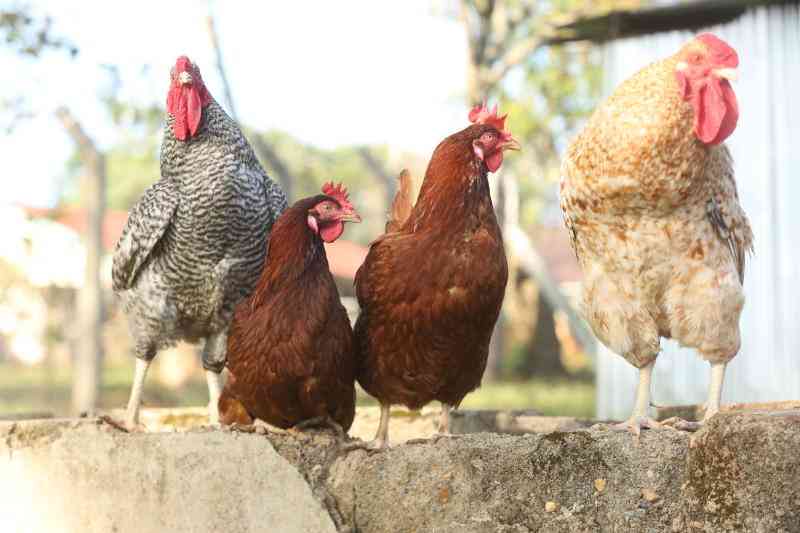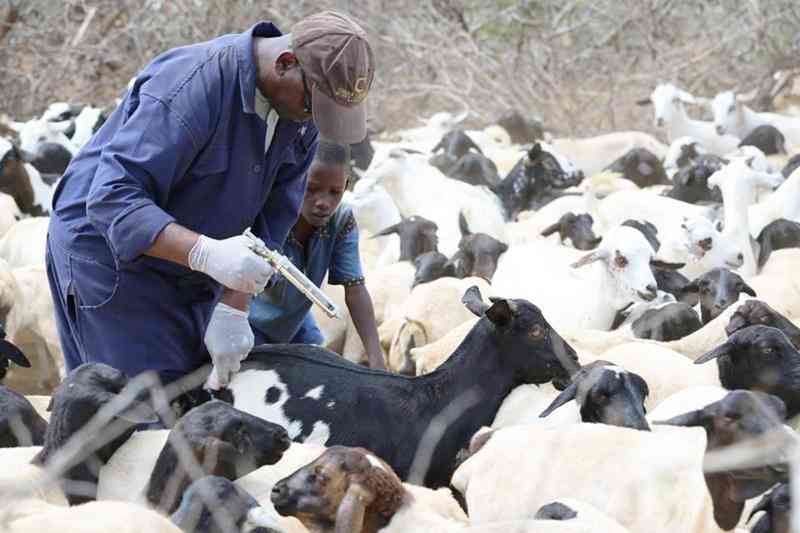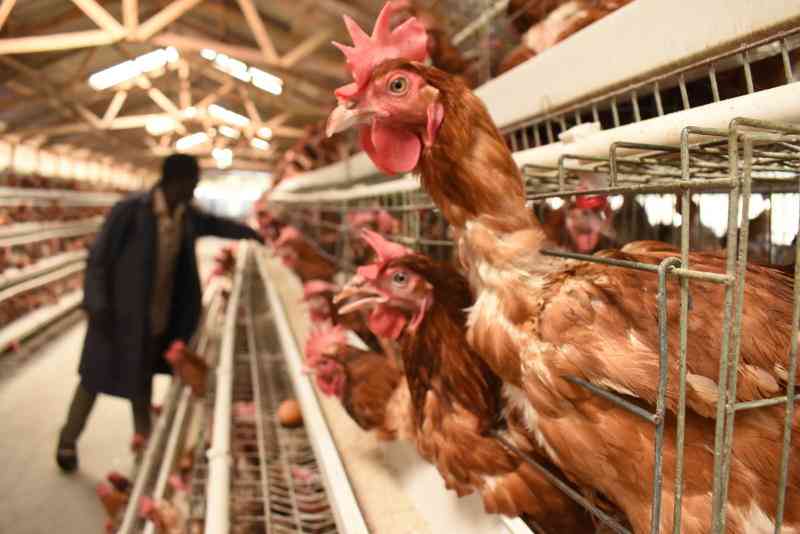
Dear Dr Othieno, Thank you so much for your weekly column, which provides us with valuable information on various topics. I am a dairy farmer in the Kinangop area and have never considered constructing a footbath on my farm. However, I recently attended a field day where I learned about the importance of footbaths in maintaining animal health. Could you please explain what I need to do while setting up a footbath and what factors to consider to ensure it is effective? [David Kariuki.]
Thanks, Kariuki, for reading Smart Harvest and for your excellent question. Footbaths on farms are becoming increasingly popular as farmers strive to minimise disease outbreaks. In light of antimicrobial resistance, footbaths provide a solution by reducing the need for drugs through the prevention of disease. Proper use of footbaths has been shown to significantly reduce cases of Digital Dermatitis in individual animals and prevent its spread through a herd.
Footbaths Placement
Footbaths should be located at the gate or entrance to a farm. Both humans and animals, as well as farm machinery, can carry disease-causing microorganisms onto the farm. Placing the footbath at the entrance helps reduce the concentration of germs that may contaminate the farm. However, some footbaths may not be effective due to several factors.
Several factors determine the effectiveness of footbaths in preventing and treating diseases on farms. Many farmers do not use footbaths correctly, which can reduce their effectiveness in disease control.
Footbath Solution: The amount of solution in the footbath is crucial for its efficiency. The depth of the solution should be 10 centimeters to ensure adequate wetting, covering the hoof up to the skin area. When topping up the solution, the concentration should follow the instructions on the label. Copper sulfate is commonly used in footbaths due to its antibacterial properties, which help reduce hoof lesions and infections. Formalin is also used with similar results. It is recommended to replenish the solution after 330 animals have passed through the footbath.
Placement of the Footbath: Footbaths should be placed at the entrance to the farm and also at the entry to a cow shed. This placement ensures that any animal, machinery, or person entering the farm passes through the footbath, thereby reducing the microorganisms they bring into the farm.
Footbath Dimensions: The dimensions of the footbath affect the number of times the feet come into contact with the solution, thereby increasing its efficiency. The recommended length is 3 meters. Dimensions outside this range may reduce the effectiveness of the footbath.
Animal Hygiene: Dirty hooves or feet can lower the effectiveness of a footbath. While it is inevitable that most hooves will carry some dirt, in dry seasons or when feet are cleaner, a footbath solution can serve up to 350 animals. During muddy conditions, it may only serve about 150 animals.
Cow Flow through the Footbath: Footbath solution can be wasted through splashing. Ensuring a good flow of animals through the footbath reduces splashing, which helps maintain the effectiveness of the solution and reduces maintenance costs.
[Dr Othieno is a veterinary surgeon and the head of communications at FAO-Kenya. The views expressed here are his own]
 The Standard Group Plc is a multi-media organization with investments in media platforms spanning newspaper print
operations, television, radio broadcasting, digital and online services. The Standard Group is recognized as a
leading multi-media house in Kenya with a key influence in matters of national and international interest.
The Standard Group Plc is a multi-media organization with investments in media platforms spanning newspaper print
operations, television, radio broadcasting, digital and online services. The Standard Group is recognized as a
leading multi-media house in Kenya with a key influence in matters of national and international interest.











